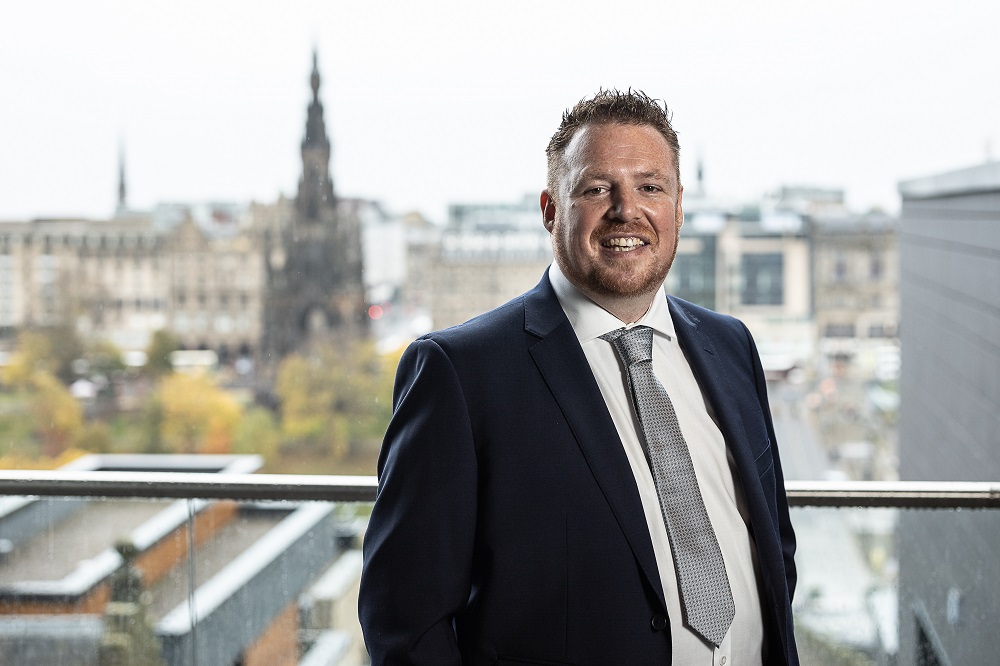MJ O’Shaughnessy: Breathing new life into Glasgow’s built heritage

MJ O'Shaughnessy
Restoring existing buildings conserves our history but reduces carbon footprints, argues MJ O’Shaughnessy, managing director for conservation engineer Will Rudd Glasgow & Ireland.
With our city landscapes continually evolving, the eye is naturally drawn to the plethora of exciting new developments appearing as if by magic. What can be overlooked, or indeed missed completely, is the work taking place to breathe new life into our historic buildings, many of which have lain derelict or in a state of neglect for decades.
Glasgow’s city centre boasts a rich tapestry of historical architecture, with many of these buildings constructed during the 19th century for commercial and manufacturing use. Sadly, some have fallen into such a state of disrepair that the only option is demolition and once they’re gone, they’re gone.
At Will Rudd, the “D word” - demolition - is only used as a last resort. As experts in conservation engineering, we assess all forms of historic construction and materials to thoroughly interrogate an old building to analyse its inherent robustness and whether it can be saved. Essentially, we don’t just judge a book by its cover.
A recent example is the work we’ve been doing to preserve and restore all the listed buildings as part of the exciting Love Loan development. This intricate and complex project included carving a new basement out of the rock, as well as the restoration of the Grade A-listed former Parish Halls.
Sadly, I believe there is still a stigma within the construction and engineering sector that rehabilitating empty historic buildings is simply too much work.
Just because the external façade or roof may appear visually compromised, by natural weathering for example, doesn’t mean all is lost. Indeed, restoring and preserving existing buildings, rather than demolishing them, not only conserves our history but also reduces carbon footprints. We’re committed to sustainable retrofitting of these buildings, ensuring they are just as relevant in the 21st century.
We don’t take this responsibility lightly. We are able to successfully blend our passion for conservation of the built environment with our additional expertise in sustainability to help our clients unlock commercial viability. With Glasgow aiming to increase its city centre population to 40,000 by 2035, as well as unveiling ambitious plans for a huge overhaul of its “Golden Z”, attention must be directed to where these people are going to live and work.
A key solution lies in the existing buildings which are so often overlooked but have stood the test of time. They should be part of this great renaissance of Glasgow’s built environment. Preserving our historic buildings while adapting them for the demands of modern life is a delicate balancing act. Only by understanding the construction techniques, significance and assessment of materials used, as well as their aesthetic value, can we best preserve, restore and conserve our historic buildings.
As time moves on, we should be focusing more on how we can effectively marry old and new and how our historic buildings can be lovingly brought back to life in a sustainable way. We see this as an opportunity to fuse the past and the future, creating sustainable and functional spaces that honour the city’s heritage. Our dedication to preservation aligns with Glasgow’s ambition to be a city that respects its roots while embracing innovation.
This article was originally published in The Herald.





















